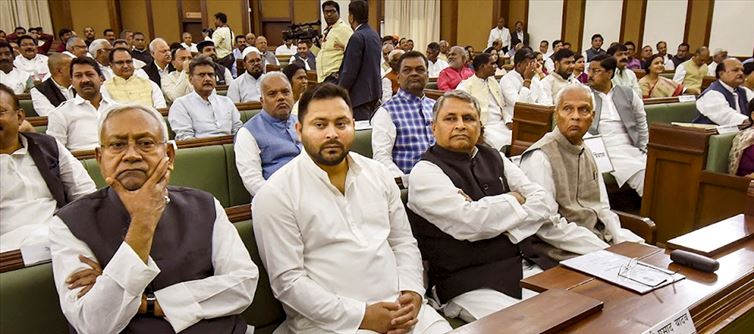
Floor test can be called vote of confidence in hindi language. Through which it is decided whether the current chief minister or government of any state has sufficient majority or not. The MLAs who win the public vote in the floor test decide the future of the government through their votes. This is a transparent process going on in the House. The governor cannot interfere in any way in this. During the trust vote, MLAs or MPs have to be personally present in the house and give their vote i.e. supports in front of everyone.
If the matter is of the Central government, then in such a situation the prime minister has to prove whether he has the support of enough MPs or not. But in the case of a state, the floor test is held in the Legislative Assembly, while in the case of a central government, the floor test is held in the Lok Sabha. In the floor test, MLAs or MPs have to be personally present in the house and give their vote i.e. supports in front of everyone.
Who conducts floor test?
The responsibility of this entire process rests with the Speaker of the House. If the Speaker has not been elected in any state, then in such a situation the Protem Speaker is appointed. In a way, these are temporary speakers. Although this entire process is transparent. The supreme court has also mentioned in one of its orders that all decisions related to the floor test are taken by the Protem Speaker. In the case of voting, the first voice vote is taken from the MLAs. After which the quorum bell rings and all the MLAs present in the house are asked to divide into ruling party and opposition.
During this process, the MLAs move towards the “support or opposition” lobby in the House. After which the MLAs in favor and the MLAs divided in opposition are counted and then the Speaker declares the result on this basis. During counting, if the ruling party has the majority figure then the government is saved and if the government falls short of the magic figure then the government falls.




 click and follow Indiaherald WhatsApp channel
click and follow Indiaherald WhatsApp channel